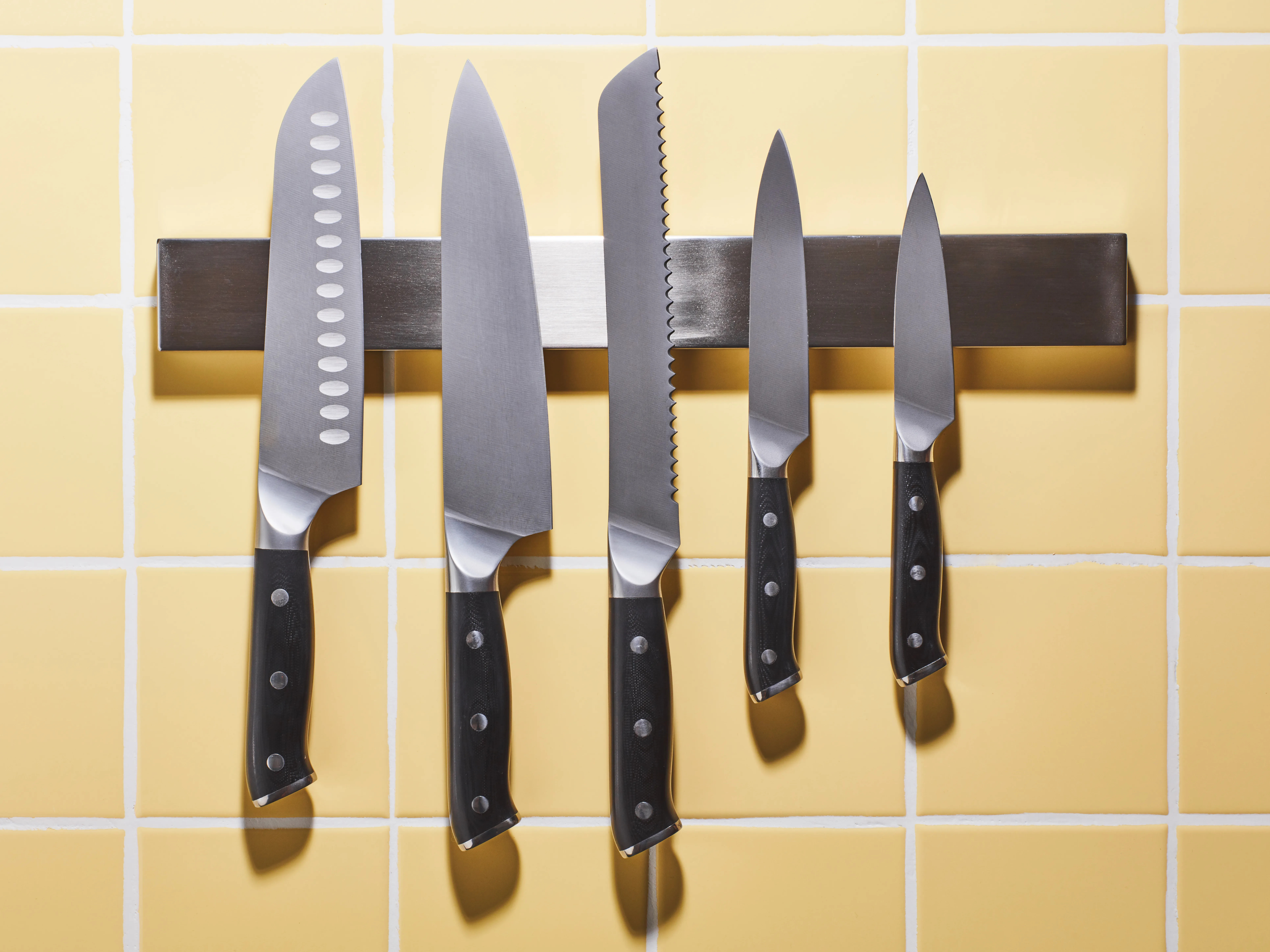When it comes to choosing the right chef knife for your kitchen, the shape of the blade is just as important as the quality of the steel. Each shape is designed for specific tasks, from slicing and dicing to chopping and mincing. In this guide, we’ll explore the most common shapes of chef knives and explain their unique features and uses, helping you find the perfect knife for your culinary needs.
1. The Chef’s Knife

The chef’s knife, also known as a French knife, is perhaps the most versatile and commonly used knife in the kitchen. With its broad, triangular blade and tapered edge, the chef’s knife is ideal for a wide range of cutting tasks, including chopping, slicing, and dicing. Its curved blade allows for a rocking motion, making it easy to chop herbs and vegetables with precision and speed.
2. The Santoku Knife

Originating in Japan, the Santoku knife has gained popularity in kitchens around the world for its versatility and ease of use. Similar in shape to a chef’s knife, the Santoku features a shorter blade with a straighter edge and a more pronounced sheep’s foot tip. This makes it ideal for precise slicing, dicing, and mincing, as well as for cutting through tough ingredients like meat and root vegetables.
3. The Utility Knife
As the name suggests, the utility knife is designed for general kitchen tasks that don’t require the precision of a chef’s knife or the nimbleness of a paring knife. With its smaller size and narrow blade, the utility knife is perfect for tasks like slicing sandwiches, cutting cheese, and trimming fruits and vegetables. Its versatility makes it a must-have tool for any kitchen.
4. The Paring Knife

The paring knife is the smallest and most nimble of all kitchen knives, making it perfect for delicate tasks that require precision and control. With its short, straight blade, the paring knife is ideal for peeling, trimming, and coring fruits and vegetables, as well as for creating intricate garnishes and decorations. Its small size also makes it perfect for tasks that require a delicate touch, such as deveining shrimp or hulling strawberries.
5. The Bread Knife
No kitchen is complete without a good bread knife, and for good reason. With its long, serrated blade, the bread knife is designed to slice through crusty breads and delicate pastries with ease, without crushing or tearing the soft interior. Its serrated edge also makes it perfect for slicing tomatoes and other soft fruits and vegetables, making it a versatile tool for any kitchen.
Conclusion
Choosing the right chef knife for your kitchen is essential for achieving professional-quality results in your cooking. Whether you prefer the versatility of a chef’s knife, the precision of a Santoku, or the nimbleness of a paring knife, there’s a shape to suit every culinary need. By understanding the unique features and uses of each type of chef knife, you can find the perfect tool to help you create delicious meals with ease and precision.
